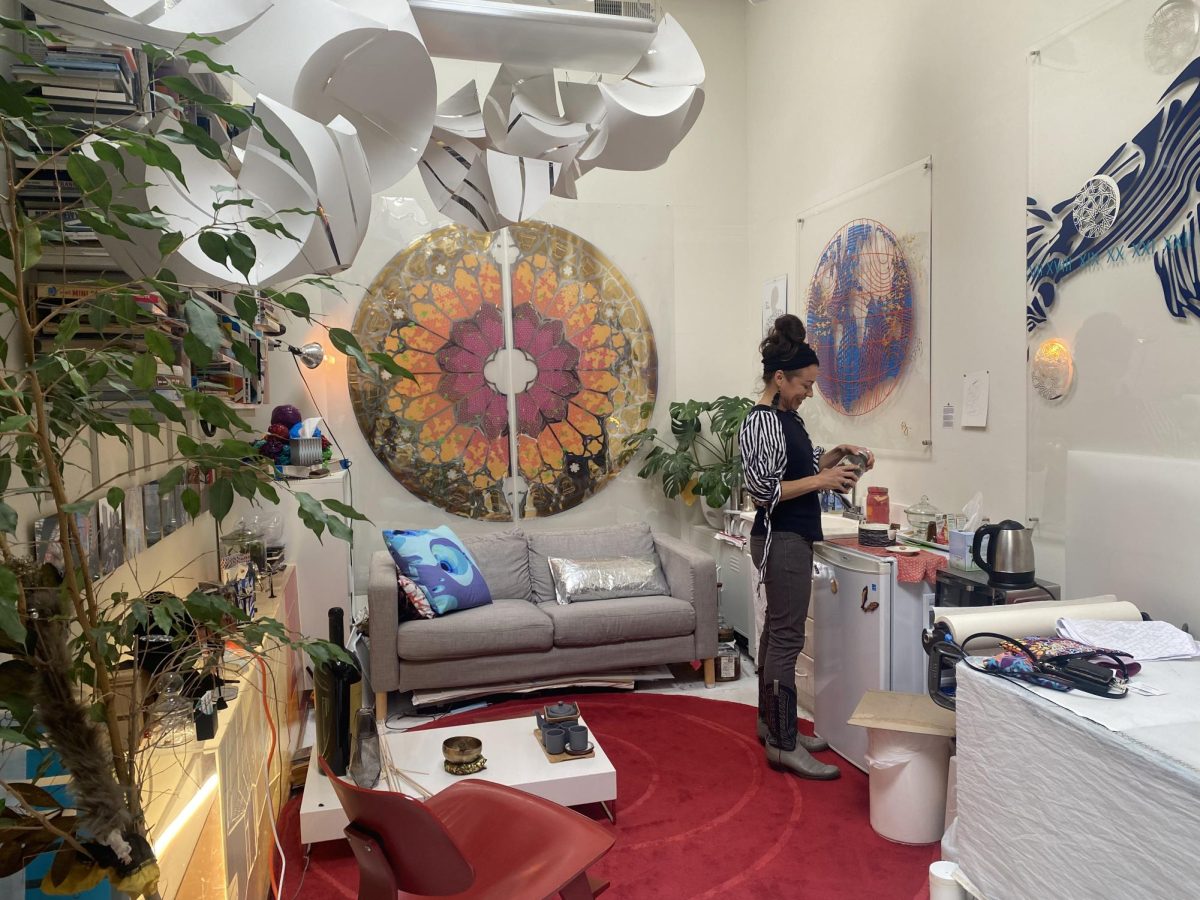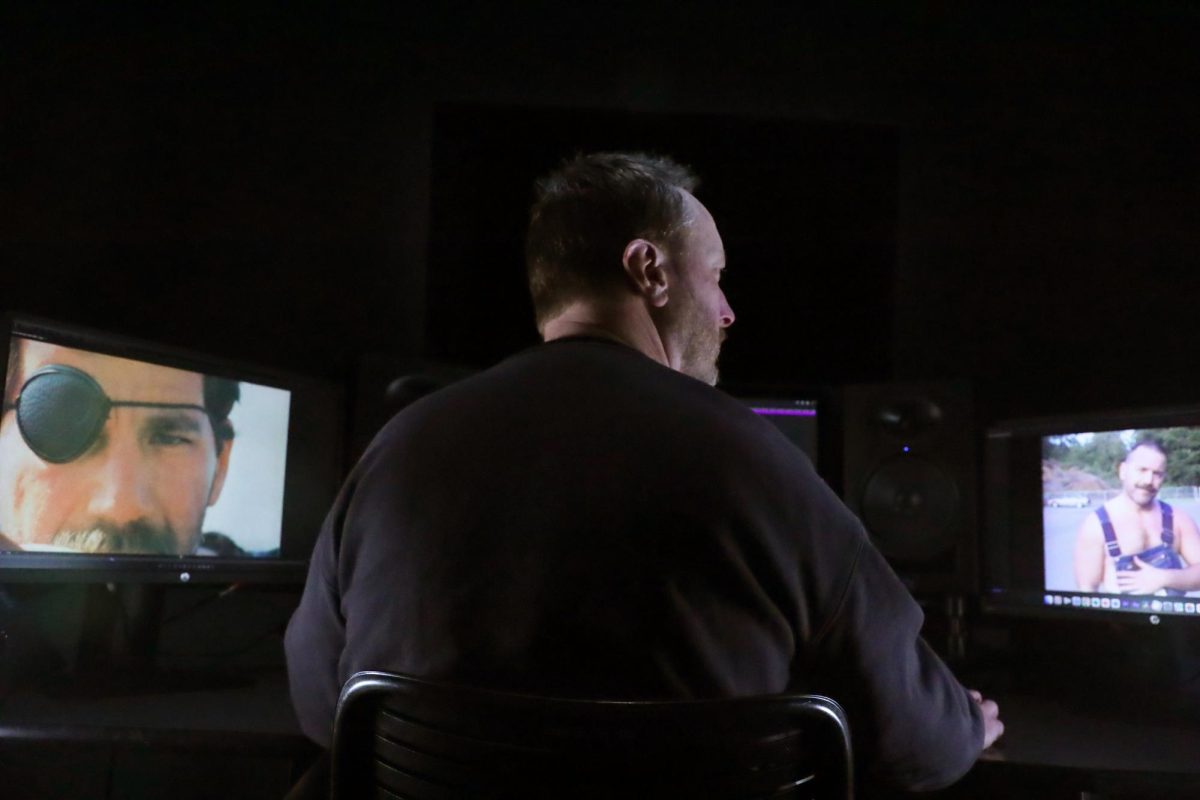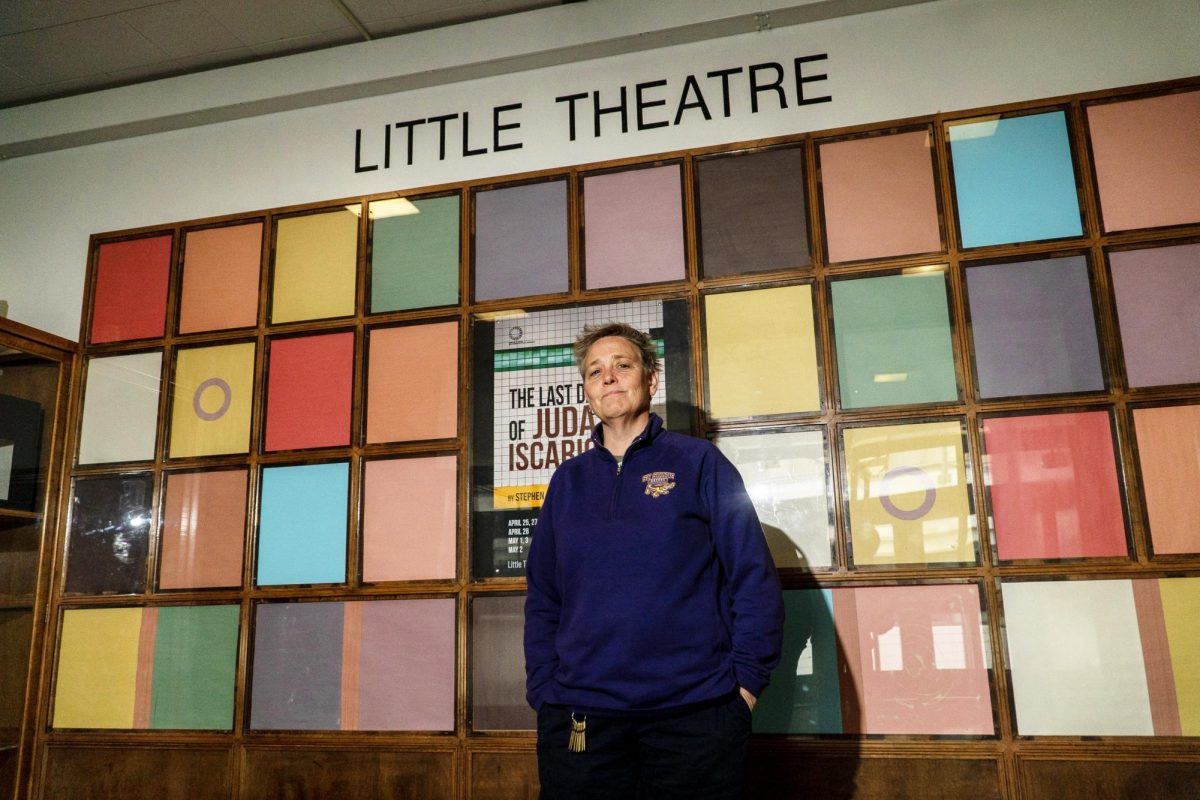Nights are the worst; it is hard to sleep when you fear your child will never wake up. Disease does not sleep so, as a parent, you never fully sleep either. She wakes up every night, sometimes more than once, to check and see if her baby’s body is warm or if it has gone cold. She fears that as he grows and begins to live his own life, she will not be able to look after him the way she does when he is in the next room.
Day after day, she watches him draw blood. Any parent hates to see their child get a cut and start bleeding. But her, she has to watch her son prick and poke himself in order to survive.
She used to wince at the site of a needle; the thought of it entering skin to do its job, whatever it may be. Needles represented pain, they represented illness and they still do. But now, she loves needles, they have saved her son’s life on a daily basis since the day he was diagnosed.
She is the mother of a child with type 1 diabetes.
“I am responsible for keeping my son’s body functioning,” says Michelle Botchman. “If I mess up, my mess up could result in his death. I keep hoping for a cure, I keep hoping for something that will help put my mind at ease.”
After experiences and thoughts much like this mothers, Edward Damiano, PhD, along with other colleagues, have developed a revolutionary bionic pancreas. It will not cure type 1 diabetes, however, it will make living with the disease significantly easier until a cure is found.
Diabetes is a balancing act – in a normal body, the pancreas produces insulin that converts food into energy that fuels us. In a diabetic body, the pancreas does not produce insulin. So the Diabetic must prick their finger in order to test his or her blood, figure out their blood glucose levels, then the take necessary steps to keep their numbers within a safe range.
High blood sugar levels (hyperglycemia) can lead to diabetic ketoacidosis—when the body breaks down fat instead of glucose and produces and releases something called ketones into the bloodstream or dehydration. Long-term effects of high numbers include loss of circulation leading to amputations and vision problems. Low levels (hypoglycemia) can lead to diabetic coma.
In a book called Living with Diabetes, it was described like this: “imagine yourself walking on a tightrope with a teaspoon balanced on the tip of your nose. Sugar is falling from the sky like rain. One of your arms is exercising feverishly, the other is feeding you carbohydrates. And all the while the audience is testing your balancing skills by throwing stress balls at your head. And all you have to do is keep that teaspoon of sugar from overflowing or spilling out. Every minute. Of every day.” This is the struggle that those living with type 1 diabetes face daily. That is, unless you have the bionic pancreas to do the balancing for you.
Most individuals living with T1D are on the pump, meaning that rather than giving themselves shots of insulin whenever their blood sugar is high or whenever they eat, they wear a pump that is inserted into the skin via cannula and remains to administer inulin into the blood stream.
The pump looks like a pager or small cell phone and is held in a “fanny-pack” that is worn around the waist with the needle injection site most commonly on the stomach or buttocks. The pump is not easy to hide and is not as cute as a watch or pair of earrings.
With the pump, you must figure out approximately how many carbohydrates you will be eating and plug that number in so the pump can inject the correct amount of insulin. The pump does not think on its own; if you put in the wrong numbers or forget to plug in the numbers, you run the risk of a blood level spike or fall.
“I’m not completely sold on the bionic pancreas,” says Meredith Speece, whose four-year-old son has type 1 diabetes. “I don’t know much about it but until they find a cure that will no longer be visible and screaming ‘I have diabetes’, I don’t know how groundbreaking it can actually be.”
The beauty about the bionic pancreas is that, unlike the pump, it has a mind of its own. It may not be easy on the eyes but it is easy on the brain. According to the makers of the bionic pancreas, it measures interstitial fluid glucose every five minutes and injects the correct amount of whatever is needed. The splendor is in the worry free lifestyle will provide.
“My biggest fear is that my son is going to drop low in the night and not wake up,” says Molly Dickerson whose eight-year-old son has diabetes. “My hope is that the bionic pancreas will stabilize blood sugar levels so I can sleep more soundly. I also dream of the freedom and normalcy my son may one day get to experience.”
Here is a more in depth break down of how it works according to those who have constructed it:
1. The Dexcom G4 Platinum Continuous Glucose Monitor (CGM) measures interstitial fluid glucose every five minutes as an estimation of blood glucose. A glucose sensor is inserted into the body using an automated injector. A transmitter is then attached to enable transmission of glucose data wirelessly to the Dexcom receiver.
2. The iPhone streams the glucose data from the CGM every five minutes and uses a mathematical algorithm to determine the appropriate dosing response. That means the Bionic Pancreas makes two hundred eighty-eight dosing decisions per day, seven days per week, three hundred sixty-five days per year. The iPhone is connected by cable to the Dexcom G4 receiver and runs a custom app that acts upon the glucose data by computing how much insulin or glucagon to deliver every five minutes. The app then sends these dosing instructions via Bluetooth to two pumps.
3. The two Tandem t:slim pumps, one filled with insulin and the other with glucagon, receive dosing instructions from the iPhone every five minutes via Bluetooth. The doses of these two hormones are used to regulate blood glucose. The pumps deliver the insulin and glucagon doses subcutaneously through separate infusion sets.
Basically, while a diabetic child who is wearing the bionic pancreas is playing in a soccer game, his or her blood glucose levels will be checked every five minutes and maintained at a healthy level without him or her ever having to stop running around. On the other hand, a child with diabetes who does not have a bionic pancreas would have to stop frequently throughout the game to test him or herself to make sure blood levels are in a healthy range.
The concept of the bionic pancreas is remarkable and the fact that it is becoming real is even more amazing – but there are a few very serious drawbacks to it. Because you are not personally testing your blood often, you are relying solely on technology. Should that technology break without the wearer knowing, it could be life threatening. Another drawback is that rather than having one injection site with the pump, you now have three needles or cannulas stuck into you to stay for seven days before it needs to be changed.
Those who have done the clinical trials love the bionic pancreas. It has gotten great reviews and some say they went through a state of depression after having to give it back and return to their pump or other forms of medication. Once you remember the carefree lifestyle where you do not have to wake up in the middle of the night to test yourself or you don’t have to resist indulging in desserts, it is hard to go back.
A team of biomedical engineers at Boston University and a medical team at Massachusetts General Hospital who have been working on the bionic pancreas are making strides toward perfecting it. They hope to have the device through clinical trials and available to the public by 2017. Until then, it is finger pricks, math at each meal, and stressful number balancing for those living with and around type 1 diabetes.







